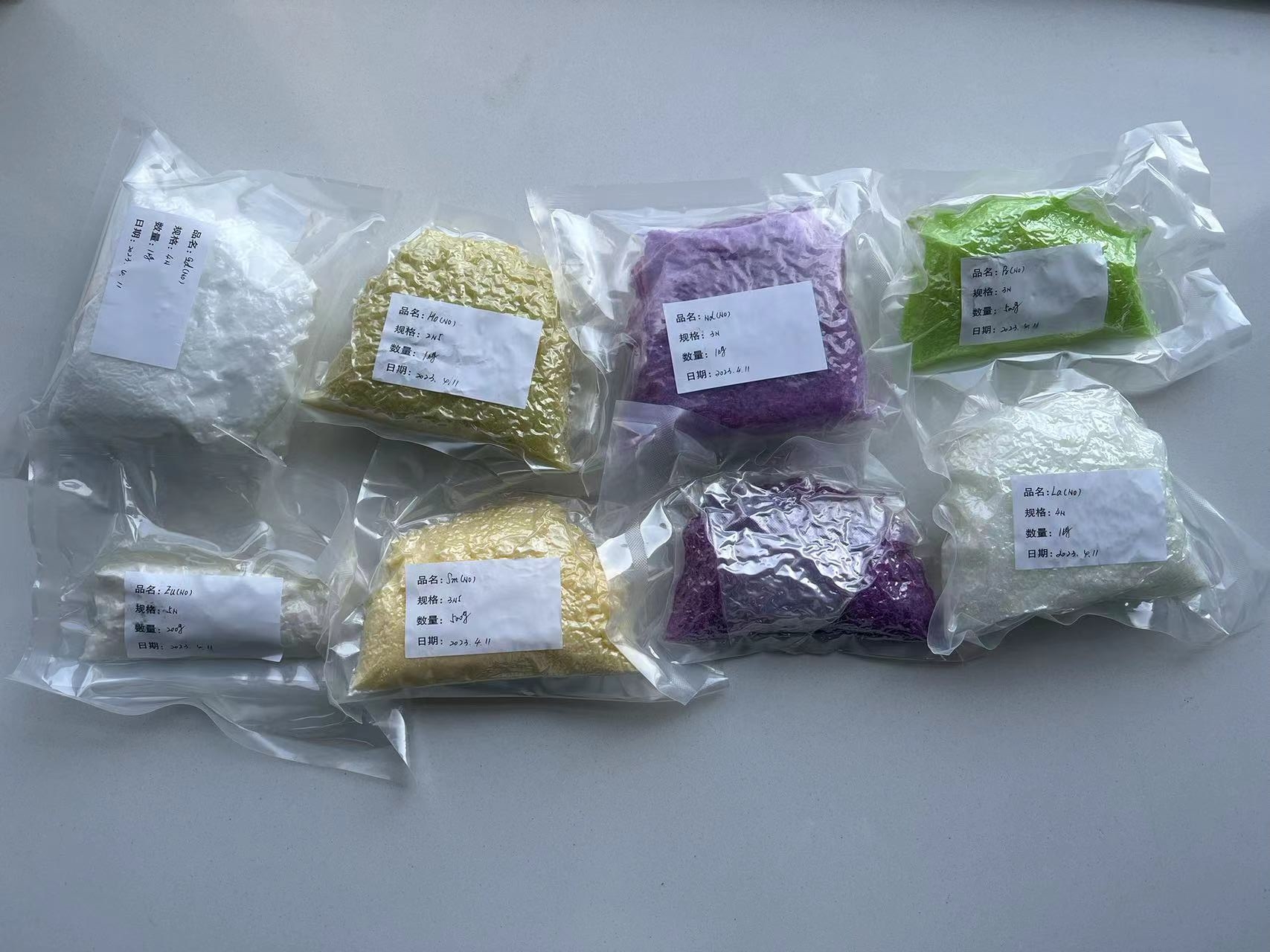Are Rare Earth Metals or Minerals?
Rare earth is a metal. Rare earth is a collective term for 17 metal elements in the periodic table, including lanthanide elements and scandium and yttrium. There are 250 types of rare earth minerals in nature. The first person who discovered rare earth was Finnish chemist Gadolin. In 1794, he separated the first kind of rare earth element from a heavy ore similar to asphalt.
Rare earth is a collective term for 17 metallic elements in the periodic table of chemical elements. They are light rare earths, lanthanum, cerium, praseodymium, neodymium, promethium, samarium, and europium; Heavy rare earth elements: gadolinium, terbium, dysprosium, holmium, erbium, thulium, ytterbium, lutetium, scandium, and yttrium. Rare earths exist as minerals, so they are minerals rather than soil. China has the richest rare earth reserves, mainly concentrated in provinces and cities such as Inner Mongolia, Shandong, Sichuan, Jiangxi, etc., with the southern ion adsorption type medium and heavy rare earth ore being the most outstanding.
The rare earths in rare earth concentrates are generally in the form of insoluble carbonates, fluorides, phosphates, oxides, or silicates. Rare earth elements must be converted into compounds soluble in water or inorganic acids through various chemical changes, and then undergo processes such as dissolution, separation, purification, concentration, or calcination to produce various mixed rare earth compounds such as mixed rare earth chlorides, which can be used as products or raw materials for separating single rare earth elements. This process is called rare earth concentrate decomposition, also known as pre-treatment.
Post time: Apr-23-2023
